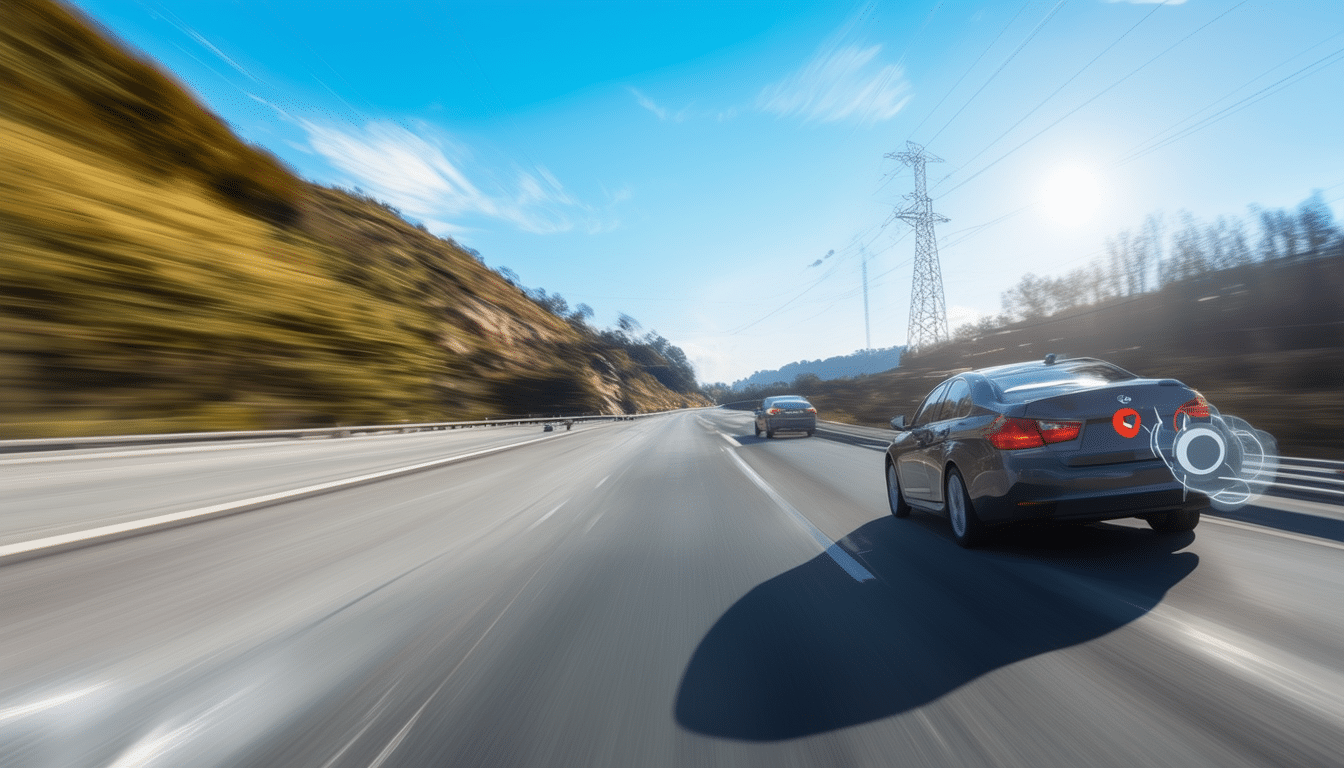The impact of speed on gasoline consumption

The speed at which we drive has a significant effect on gasoline consumption. Every increase in speed translates into greater aerodynamic resistance, which causes an increase in the amount of fuel required to keep the vehicle moving. Various studies have shown that even small variations in driving speed can result in a noticeable increase in fuel expenditure. Therefore, adopting efficient and moderate driving not only favors economic savings but also contributes to a lower environmental pollution.
The relationship between driving speed and gasoline consumption is a crucial aspect that many drivers often overlook. Driving at high speeds not only exacerbates fuel costs but also affects the vehicle efficiency in surprising ways. Below, we explore how speed affects gasoline consumption and provide tips on how to drive more efficiently.
Aerodynamic resistance and its effect on fuel consumption
When a vehicle travels at high speeds, aerodynamic resistance significantly increases. This type of resistance results from the air displaced by the vehicle as it moves. At speeds over 80 km/h, fuel consumption can rise significantly, as the engine must work harder to overcome this resistance. This translates into lower fuel efficiency, meaning that a driver traveling at 120 km/h uses much more gasoline than one driving at 90 km/h.
Accelerations and braking: improvements in efficiency
Sudden accelerations and abrupt braking are driving behaviors that can drastically alter gasoline consumption. This driving style, known as aggressive driving, results in unnecessary fuel usage. Maintaining a constant speed and anticipating braking allows for more efficient driving, reducing the need to accelerate again and therefore, the gasoline expenditure.
The importance of maintaining a moderate speed
Driving at a moderate and constant speed is not only beneficial for safety but has also been shown to reduce gasoline consumption. In fact, the DGT has noted that driving at moderate speeds can lead to savings of up to 30% in fuel consumption. This implies that adjusting speed can be a highly effective strategy for those looking to save fuel in the long term.
The role of speed during long trips
During long trips, the choice of speed has an even greater impact on gasoline consumption. Maintaining a constant speed and avoiding unnecessary stops and starts not only saves fuel but also reduces vehicle wear. Planning routes that minimize traffic and allow for a constant flow is also a recommended practice that contributes to gasoline savings. You can read more on this topic in our article about how to choose routes that optimize fuel expenditure.
Common mistakes that affect gasoline consumption
There are certain common mistakes that drivers tend to make, which can increase fuel consumption. Driving with under-inflated tires, for example, generates more resistance and thus an elevated gasoline usage. Additionally, inadequate vehicle maintenance can lead to increased fuel expenses. For more information on this, check our article about common maintenance mistakes that increase fuel costs.
Conclusions about speed and gasoline consumption
The driving speed has a direct effect on gasoline consumption, and understanding this relationship is essential for improving efficiency and reducing costs. Adopting a calmer driving style, maintaining a steady speed, and being aware of habits that affect vehicle performance can lead to a significant reduction in fuel expenses. With a little attention to these details, it is possible to drive more efficiently and, at the same time, contribute to environmental care.
The speed at which we drive has a significant effect on gasoline consumption. As we increase speed, aerodynamic resistance increases, leading to greater fuel consumption. This phenomenon occurs because, when moving at high speeds, the engine has to work harder to keep the vehicle moving, resulting in a higher consumption of gasoline.
Moreover, driving style also plays a crucial role in fuel efficiency. Aggressive driving, characterized by sudden accelerations and abrupt braking, not only increases gasoline consumption but also decreases the overall efficiency of the vehicle. Adopting a more gentle and predictable style, maintaining a moderate speed, can significantly help reduce fuel expenditure.
Recent studies have quantified the impact of increased speed on gasoline consumption, revealing that a reduction in speed can lead to considerable savings in fuel expenditure, even up to 30% less. The DGT suggests that maintaining a constant and moderate speed is key to optimizing fuel efficiency. Therefore, it is essential to be aware of how our driving decisions and speed can influence fuel costs.
In summary, understanding the relationship between speed and gasoline consumption is essential for any driver looking to save on fuel. Adopting efficient driving practices can not only benefit your pocket but also contribute to a more sustainable environment by reducing harmful emissions. A more effective approach to speed and driving style can make a difference in each person’s gasoline expenditure.





